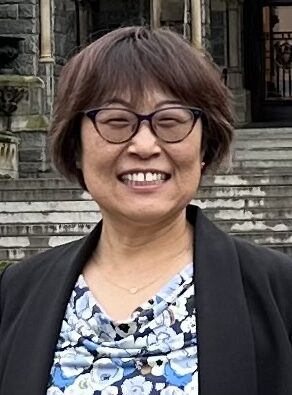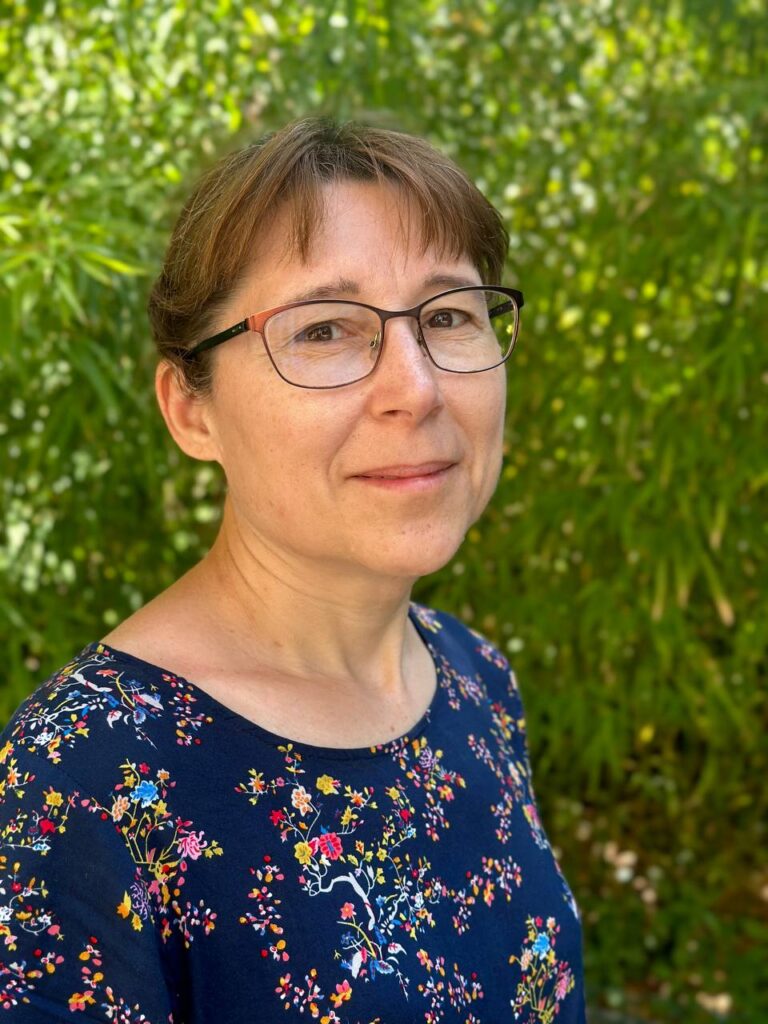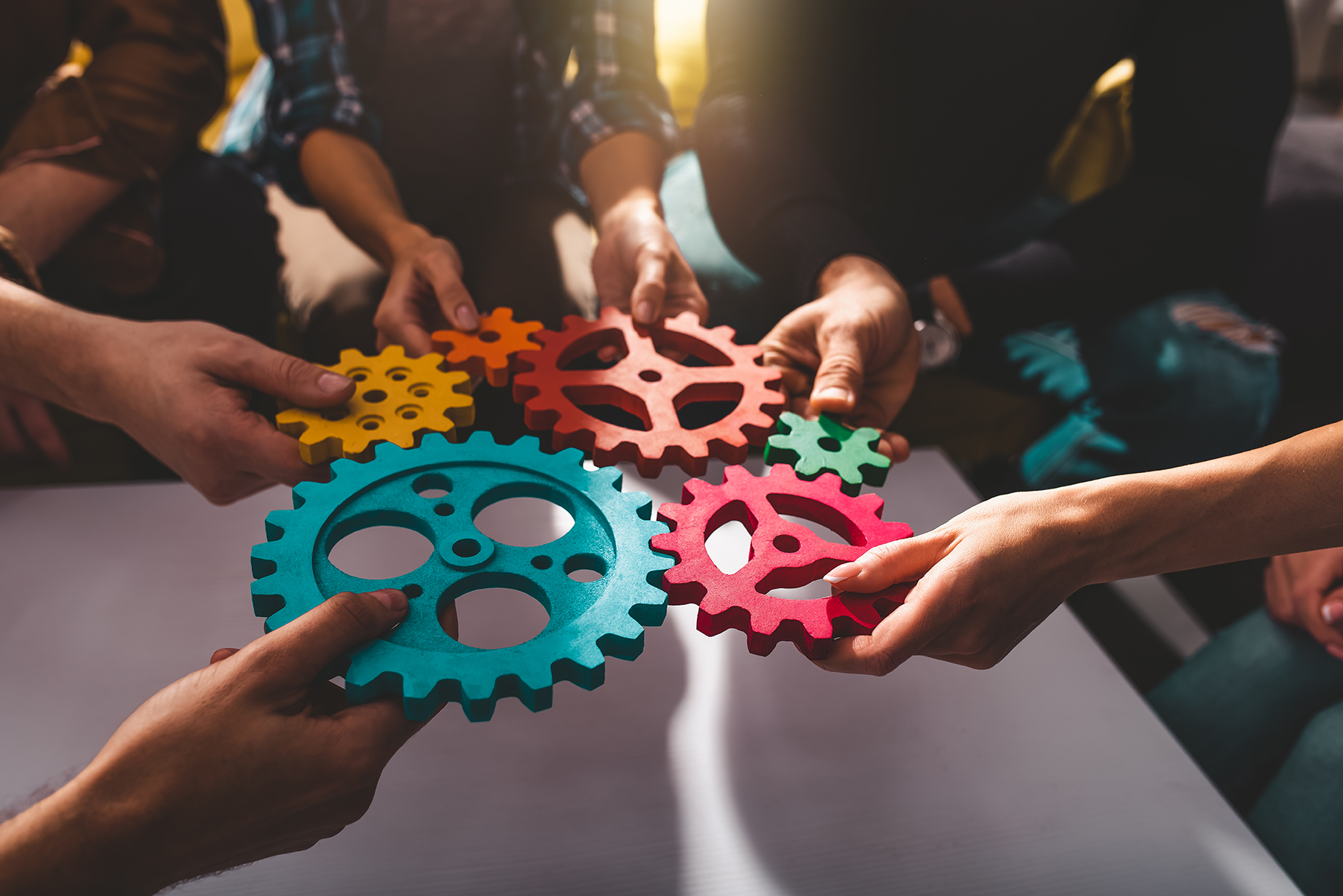The U.S. National Science Foundation’s ACCESS program works toward equality in cyberinfrastructure access. The program is designed to create an ecosystem of free-to-use, High-Performance-Computing resources for researchers of all types – including those with little or no experience using these types of resources. The ACCESS Support team wanted to ensure that researchers new to the field, learning new software platforms, engaging with new resources and challenging research projects would be assisted by a multi-faceted support team. Thus, they created MATCH services.
ACCESS MATCH Services connects researchers with consultants, mentors and students to help solve their research problems. A recent MATCHplus engagement paired researchers looking to use one of ACCESS’s resources to study health wearable data with a student-mentor team to support their computational concerns and get their project on track.
The project
What if you could create a system that used machine learning to better monitor anxiety? Such a tool would be extremely useful for doctors and patients. Anxiety comes in varying degrees of severity, and knowing exactly what triggers anxiety would make it easier for doctors to determine the best treatment while also providing patients valuable knowledge to help them navigate the world without triggering these extreme emotional responses to certain stimuli. Researchers from the University of Illinois Urbana-Champaign (UIUC) are trying to create just such a tool. Abdulrahman Alkurdi, a mechanical science and engineering Ph.D. candidate at UIUC, submitted his research project to the MATCH program for assistance. “My research focuses on developing machine-learning systems for real-time anxiety detection, utilizing data akin to those collected by wearable devices such as smartwatches,” he said. “This endeavor aims to contribute to the broader development of effective mental health monitoring tools, facilitating early intervention and support for individuals experiencing anxiety. The potential impact of this work lies in its ability to offer timely, non-invasive, and accessible mental health insights, thereby enhancing the overall well-being and quality of life for many.”
As Manuel Enrique Hernandez, the PI on the anxiety detection project and Alkurdi’s Ph.D. co-advisor, explained, “Through the integration of multimodal data from a wearable sensor suite, this project aims to quantify symptoms of anxiety and validate the use of wearable technology towards the goal of monitoring and potentially improving wellbeing before mental health disorders develop.”
Seeking a MATCH
As the project began, Alkurdi realized he would need some assistance in order to bring the project to excellence. “Coming from a mechanical engineering background and being self-taught in programming, computing, and machine learning, I was aware of inefficiencies within my workflow but struggled to pinpoint and address them,” he said. He was already awarded an ACCESS allocation on NCSA’s Delta machine, so he was aware there were ACCESS support opportunities through the resource provider he could utilize but knew that he needed more assistance that could be facilitated through ACCESS Supports MATCHplus program.
He met with Alisa Kang, director of research technologies with University Information Services at Georgetown University. Kang is currently on the Match Steering Committee. “I see myself as both a project coordinator and mentor in the MATCH program,” Kang said. “My job includes reviewing MATCH match requests, evaluating student credentials, helping with recruitment and interviews, helping onboard the student, monitoring the student’s progress, maintaining communication with the researcher, and assisting the team in wrapping up the project and organizing the student’s final presentation.”
The MATCH program’s biggest benefit is fostering organic interdisciplinary collaboration among the researcher, the mentor and the student. The mentor and the student contribute unique technical skills, approaching the problem with fresh perspectives and from different angles. This dynamic often leads to the improvement and resolution of the issues presented by the researcher in the MATCH request.
–Alisa Kang, Match Program project concierge

Kang knew exactly how to set Alkurdi’s project up for success. She’d recently seen the resume of Louis Li, a promising computer science student at Brown University whose work showed a strong ability and understanding of programming. Kang saw a perfect match for the project.
The Student and the Mentor
With MATCH, not only do researchers receive help on their projects, but students involved in the program receive valuable experience that could foster their career trajectories. Katia Bulekova is a MATCH mentor and the manager of scientific programming and applications at Boston University. She was the assigned mentor on this project, working with both the student and the researcher, and served as Li’s mentor throughout the project.
When Li first started on the project, he had to adapt what he knew to it. “I understood that there were a lot of things I wouldn’t know on the first day,” he said. “Very thankfully, Katia has been a really good mentor for me. And she was willing to teach me a lot of things, not only related to cloud computing, but how to navigate the system and things like that. And more generally, things about machine learning, artificial intelligence and about different tools I can use to improve the efficiency of my work.”
Li spoke very highly of the MATCH program and was especially impressed by the mentorship he received. A bonus of being a student in a MATCHPlus project is the stipend they receive, in addition to valuable experience with HPC resources and software packages. “I’ve been able to learn about a lot of new technologies, like how to use the cluster I’m on or how to run batch jobs. But I’ve also learned to have better coding practices, for example. And about the efficiency of the C programming language. The MATCH program is very, very helpful for learning new things.”
Bulekova was also happy to work with Li, teaching him the ins and outs of research using supercomputing resources. “Over the course of this project, Louis learned how to profile Python code and find bottlenecks,” she said. “Once the bottleneck was discovered, we discussed and tested various strategies to eliminate it. Li learned how to rewrite Python code as a C function and then call it from the original code. This method allowed the code to run about 30 times faster. This process gave us the opportunity to discuss the differences between compiled and interpreted languages and various optimization strategies. I have no doubt Li will apply the knowledge he acquired in the last few months to his future projects.”

I think MATCH is a wonderful opportunity for students to apply the knowledge they learned in a school environment and develop new technical skills that will be invaluable in their future careers. It encourages them to take initiative and tackle complex problems. It’s been a very rewarding experience for me to see Li grow during this project.
–Katia Bulekova, MATCH Mentor
Li would strongly recommend students consider working for the MATCH program. “Being able to have actual experience on this type of work on your resume – to learn important skills for the workforce – is so much better than just my coursework. A lot of the things I’m learning in school, like machine learning, are great, but it’s not being done in real projects. Homework is not the same thing as a specific project like this. Just the coursework is not going to look as good on the resume. But now I can say, ‘here’s what we accomplished. And here’s the real-world impact that we made. And here are the skills that I learned.”
His experience also opened his eyes to the possibility of a career in cyberinfrastructure. “I’ve been talking with Alisa about possibly doing another project,” he said, “but honestly, I didn’t really know about the research field using supercomputing before this. So it’s definitely opened my eyes a lot. I would’ve never considered it as a career field in the first place, but I definitely would consider it now.”
The Power of MATCH
MATCH brings many things to the table, but perhaps the most important is how it empowers researchers to make the most of their allocations. No one can express that better than the researcher who utilized the program with remarkable results.
“Discovering and participating in the ACCESS MATCH program was transformative,” said Alkurdi. “Working alongside my mentor, Katia, we meticulously reviewed my workflow, leading to significant improvements, particularly in computational efficiency and code optimization. For instance, a critical piece of code now runs 33 times faster, drastically enhancing its deployment potential. This collaboration not only optimized my research processes but also expanded my understanding and application of machine learning in real-world contexts. The MATCH program, facilitated by ACCESS, has been invaluable in bridging gaps in my expertise and accelerating my research’s impact.”
If you have an ACCESS allocation and think the MATCH program could help, request an engagement here. Have questions about the program or want to better understand how you might utilize it? Please send an email to Alana Romanella, Deputy Director, ACCESS Support (alana.romanella@colorado.edu).
If you’re interested in learning more about this MATCH, the team who worked on this research project will be presenting their work on March 15 from 3–4 p.m. EST. Zoom link here.


